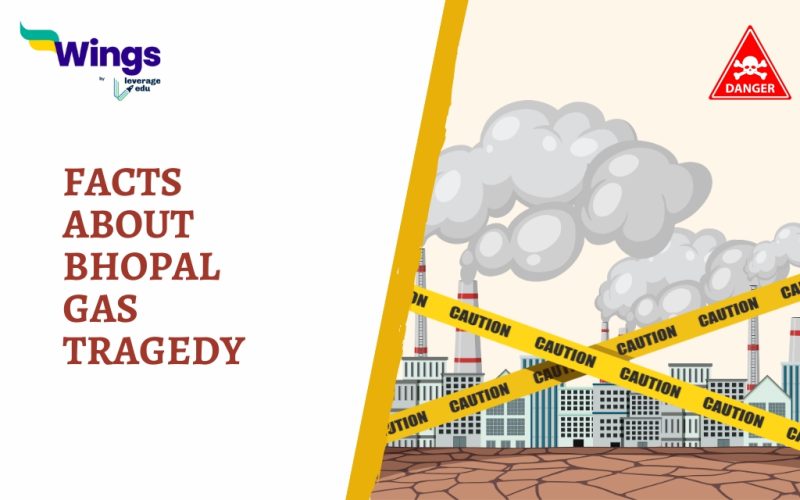The Bhopal Gas Tragedy of 1984 was India’s first major gas tragedy. It shook the entire nation, took the lives of hundreds of people, and left thousands of survivors with numerous health issues. As the people of Bhopal retired to their beds, things took a drastic turn when massive amounts of deadly Methyl Isocyanate gas were released from the factory. But what exactly happened? What were the consequences? How did the Indian judiciary react to this great tragedy? Here are some interesting facts about the Bhopal Gas Tragedy to help you learn more information about the same.
Facts About Bhopal Gas Tragedy
- Bhopal Gas Tragedy refers to a chemical leak of 1984 which happened in the city of Bhopal, Madhya Pradesh.
- On December 3, 1984, about 45 tons of gas methyl isocyanate escaped from an insecticide plant.
- The plant was owned by an Indian subsidiary of the American firm Union Carbide Corporation.
- The estimated death toll was somewhere around 15,000 – 20,000.
- Survivors of the Bhopal Gas Tragedy experienced respiratory problems, blindness, and eye irritation.
- In 1998, the factory site was handed over to the Indian state of Madhya Pradesh.
- The subsequent soil and water contamination due to this disaster led to higher instances of birth defects.
- The Department of Bhopal Gas Tragedy Relief and Rehabilitation was established in 1985.
- In 2010, former executives of Union Carbide’s Indian subsidiary were convicted on the grounds of negligence.
- Written by Ingrid Eckerman, The Bhopal Saga, is a detailed analysis of this disastrous industrial accident.
- National Pollution Day is celebrated every year on 2 December to commemorate the Bhopal Gas Tragedy.
Hope you had fun reading these interesting facts about the Bhopal Gas Tragedy. If you like reading about facts, you can visit our interesting facts page to read more such blogs.
 One app for all your study abroad needs
One app for all your study abroad needs















 45,000+ students trusted us with their dreams. Take the first step today!
45,000+ students trusted us with their dreams. Take the first step today!
